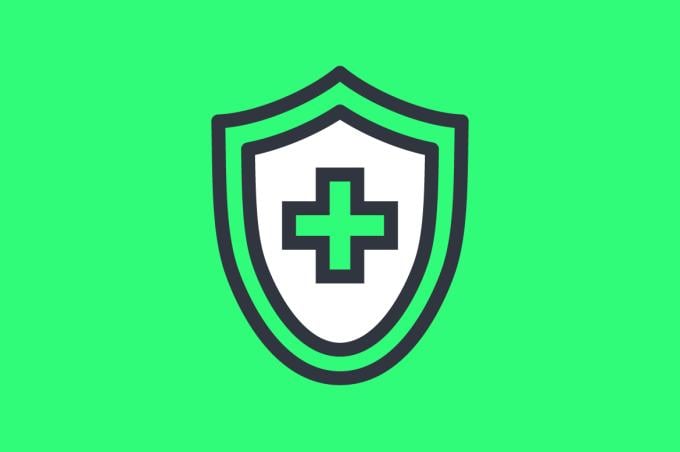Integrated behavioral health care strategies
The newly updated "Psychopharmacology How-To Guide" offers physician practices and health systems practical strategies, actionable steps and evidence-based resources on when and how to treat patients with psychotropic medications if deemed medically necessary.
This is part of AMA’s broader efforts to empower health care organizations to overcome obstacles to accessible and equitable treatment for their patients’ behavioral, mental and physical health needs.
Addressing stigma associated with psychopharmacology
Stigma around behavioral health conditions is lessening, but it can still keep patients from seeking and receiving care, including psychotropic medication when needed.
While difficult to address head-on, there are strategies that can help reduce stigma, specifically stigma that may be present within the primary care team. Strategies include:
- Uncovering unconscious bias: Address false beliefs that may exist within the care team, the community and culture.
- Letting patients be the educators: Create space for the team to listen to people with behavioral health conditions and connect with them.
- Showing recovery is possible: Empower the team to be a part of the solution, highlighting how recovery can happen.
Featured topics and resources in the guide
Integrating psychopharmacology into practice
In this guide, primary care physicians and their care teams will learn how to include the following best practices into their processes and procedures to treat patients with psychotropic medications, when needed.
- Align and train teams to address and implement psychopharmacology if deemed a clinically and age-appropriate form of treatment.
- Evaluate appropriateness of psychopharmacology, along with assessing patient’s willingness for such treatment. Psychotropic medication should only be prescribed after considering potential side effects, risk factors for adverse outcomes, and the risks, if any, of prolonged usage. It is also important to weigh the risk of not prescribing the psychotropic medication, and the potential impact on the patient’s health outcomes.
- Implement a treatment plan. Primary care providers should collaborate with behavioral health clinicians and psychiatric consultants to decide upon psychiatric medication and set expectations with patients.
- Understanding financial considerations of how to code and bill for psychopharmacological treatments, including awareness of specific Current Procedural Terminology (CPT®) codes, will help ensure the sustainability of behavioral health integration (BHI) efforts.
- Gain access to resources such as checklists, training programs, customizable letters and assessment tools.
Download the AMA's "Psychopharmacology How-To Guide" (PDF) to learn more about when and how your practice or system should prescribe psychotropic medications if deemed medically necessary.
Additional resources
- Webinar: Integrating Psychopharmacology into Primary Care: When and How
- BHI Compendium for physician practices and health systems
- BHI Collaborative webinar series
- AMA STEPS Forward® toolkit "BHI Into Primary Care"
- BHI in physician practices
- Strategic behavioral health guides for patient care
988 Suicide & Crisis Lifeline
With an increased number of people reporting worsening mental health in recent years, it is imperative that people are aware of the 988 Suicide & Crisis Lifeline (formerly known as the National Suicide Prevention Lifeline) telephone program.
People experiencing a suicidal, substance use, and/or mental health crisis, or any other kind of emotional distress can call, chat or text 988, and speak to trained crisis counselors. The national hotline is available 24 hours a day, 7 days a week.
The previous National Suicide Prevention Lifeline phone number (1-800-273-8255) will continue to be operational and route calls to 988 indefinitely.




